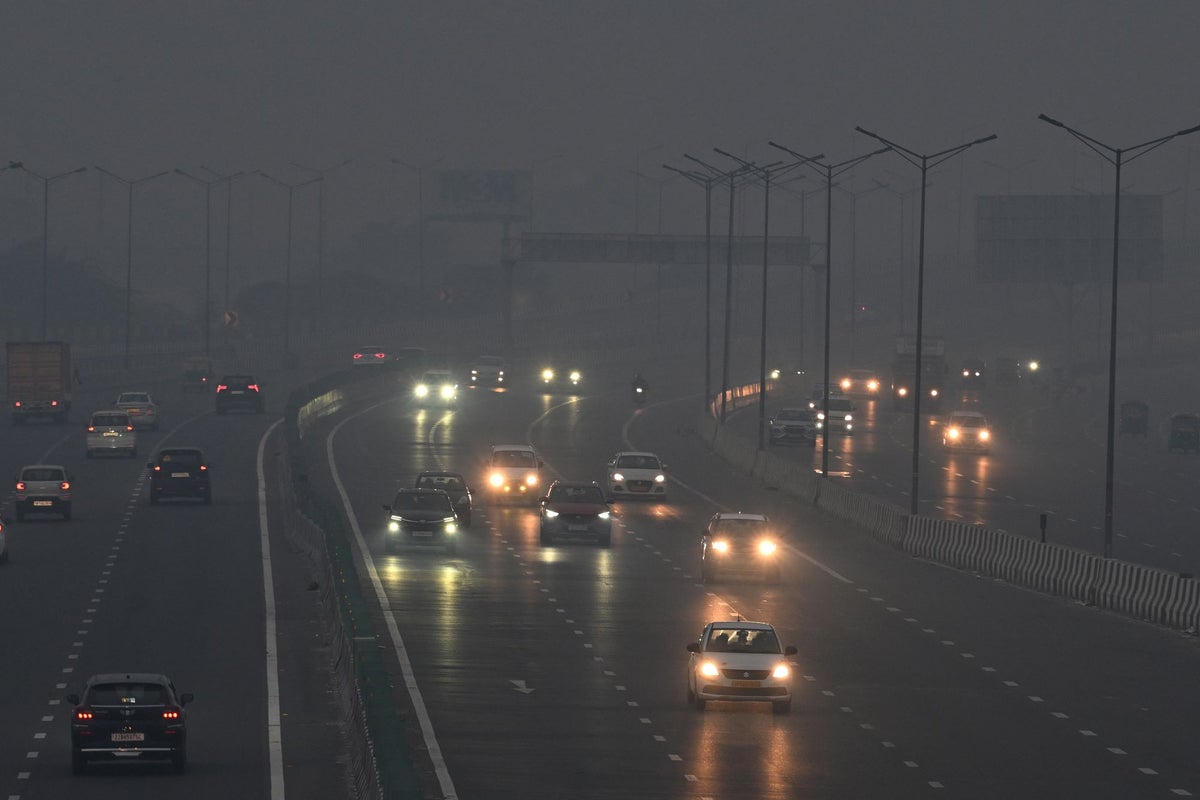Home / Environment / Delhi Battles Toxic Smog with Artificial Rain Experiment
Delhi Battles Toxic Smog with Artificial Rain Experiment
24 Oct
Summary
- Delhi conducts first-ever artificial rain trial to combat air pollution
- Experts express skepticism about the effectiveness of cloud seeding
- Diwali fireworks worsen seasonal pollution, causing "hazardous" air quality

As of 2025-10-24, the city of Delhi is grappling with a severe air pollution crisis. The capital's air quality has plummeted to "hazardous" levels, with the Central Pollution Control Board classifying most of the city as experiencing "severe" air quality. This crisis has been exacerbated by the recent Hindu festival of Diwali, during which heavy fireworks were set off, worsening the seasonal pollution.
In a bid to address the catastrophic air pollution, the Delhi government has conducted the city's first-ever trial of artificial rain through cloud seeding. State Chief Minister Rekha Gupta has claimed that the trial, carried out in the Burari area, was successful, and that the capital could witness artificial rain on 2025-10-29 if weather conditions remain favorable.
However, the government's plan has faced widespread criticism from experts, who have expressed skepticism about the effectiveness of cloud seeding in addressing the root causes of Delhi's air pollution crisis. Shahzad Ghani, an assistant professor at the Centre for Atmospheric Sciences at IIT Delhi, has described the plan as a "textbook case of science misapplied and ethics ignored," arguing that "snake-oil solutions will not clear the air in Delhi or the rest of North India."
Experts warn that only sustained efforts to curb emissions from vehicles, construction, and the burning of crop residue will secure lasting improvements in air quality. Delhi ranks among the world's most polluted megacities, with air pollution reducing the average life expectancy of its residents by around 12 years compared to levels deemed safe by the WHO.




